Jacques Cousteau didn’t hand out nicknames lightly, yet he crowned Fiji the “Soft Coral Capital of the World”—a title that has defined this South Pacific paradise for decades. With over 4,000 square miles of coral reefs surrounding 330 tropical islands, Fiji delivers diving experiences that consistently rank among the planet’s best.
Below are 15 compelling reasons why divers consider Fiji’s reefs the ultimate underwater destination.
Rainbow Reef
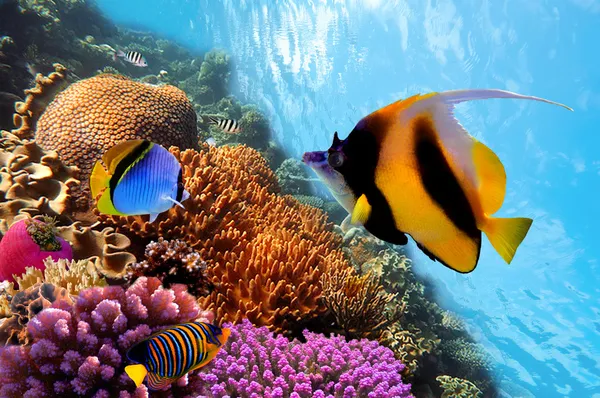
Situated between Taveuni Island and Vanua Levu, the Somosomo Strait is considered to be the soft coral capital of the world. The Rainbow Reef lives up to its colorful name with vibrant sheets of pink and orange corals creating an underwater kaleidoscope.
What’s spectacular about the Rainbow Reef is that it is one of the only places in the world where the reef has proven to be resilient to higher sea temperatures. And those temperatures matter more than most divers realize.
Climate resilience in coral reefs is becoming increasingly rare, making this ecosystem even more precious.
Great White Wall
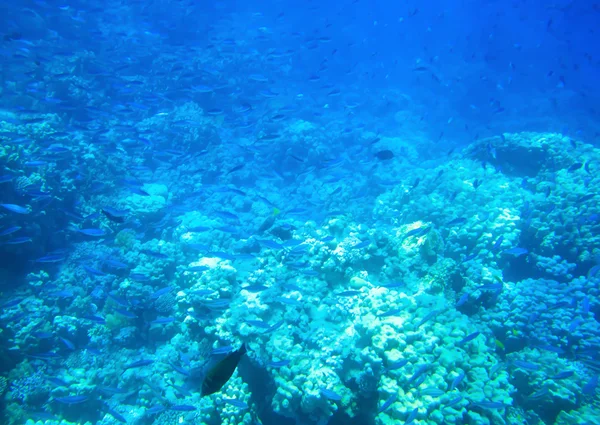
On the south side of Rainbow lies the Great White Wall, a 25m deep coral wall that stretches as far as the eye can see. This perpendicular wall reaches 150 feet deep and almost 200 feet across, creating one of the most breathtaking underwater landscapes in the Pacific.
The wall’s white soft corals cloak the reef like snow. You’ll want to research with a dive operator for more information when booking a trip because the corals only bloom at certain times of the month.
Like Travel Pug’s content? Follow us on MSN.
Manta Ray Encounters
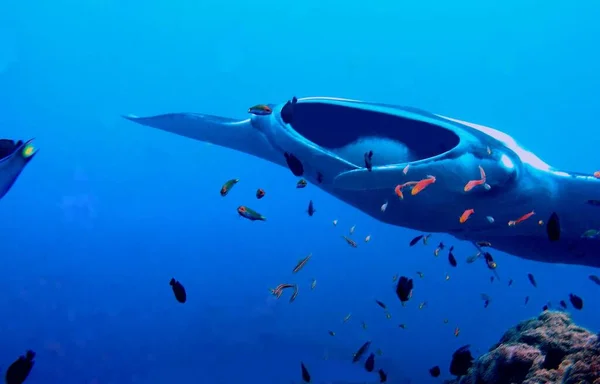
Between April and October, divers have the rare opportunity to swim with manta rays. Reef mantas (Mobula alfredi) can be seen in Fiji year-round and commonly reach wingspans up to 15 feet (4.5 m), whereas giant oceanic mantas (Mobula birostris), which can have wingspans of up to 23 feet (7 m), are most common from November to February.
But these encounters aren’t just chance meetings—dedicated cleaning stations provide predictable viewing opportunities.
Beqa Lagoon Shark Haven

Fiji is also home to some of the world’s best shark dives, especially in the Beqa Lagoon area, where the country’s Shark Reef Marine Reserve is located. This protected sanctuary is home to eight different shark species.
Bull sharks, tiger sharks, whitetip reef sharks, and tawny nurse sharks patrol these waters regularly. The predictability of shark encounters here borders on guaranteed. Not many places can make that claim.
Astrolabe Reef Grandeur
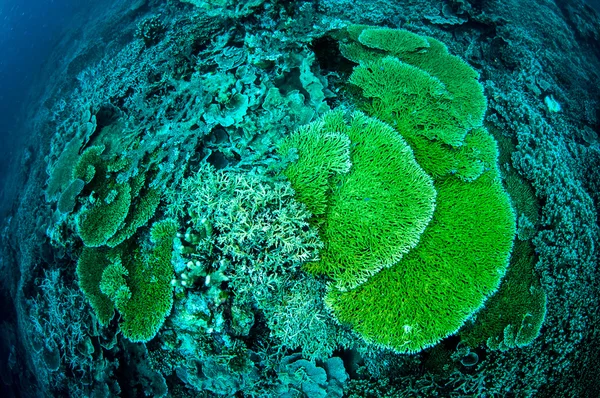
Stretching a whopping 40 miles around the island of Kadavu, the Astrolabe Reef is one of the world’s longest reefs. This massive reef system ranks as the fourth-largest barrier reef on earth, offering intricate tunnels, shallow pinnacles, and pulsating underwater gardens.
Halfway along, the reef’s path is bisected by the Naiqoro Passage. This is an important transit point for large pelagics: manta rays, big fish, and sharks. July and August provide the best chances for hammerhead encounters.
Like Travel Pug’s content? Follow us on MSN.
Bligh Waters Abundance
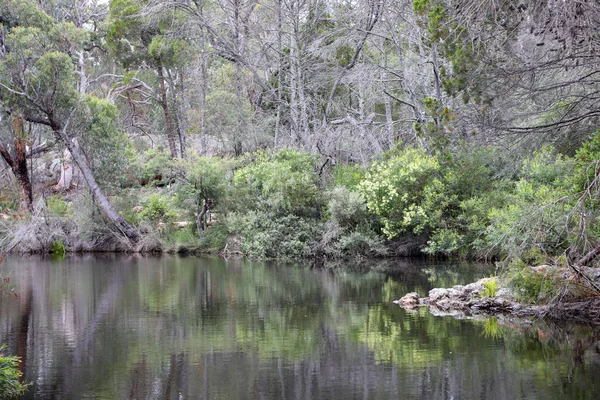
The nutrient-rich Bligh Waters and Koro Sea attract numerous schools of fish and larger pelagic species all year round. The waters off the Suncoast are considered the “new” soft coral capital of Fiji — a maze of barely submerged coral stacks and pinnacles, festooned with soft corals and alive with crowds of brightly colored reef fish.
The E-6 seamount rises 900 meters from the channel floor between Viti Levu and Vanua Levu. Trevally, barracudas, and occasional hammerheads cruise these dramatic walls.
Namena Marine Reserve

The Namena Marine Reserve, which forms a horseshoe around the island, is a community-protected area managed by 10 village chiefs. Namena Marine Reserve was the first area to be protected in Fiji in 1977.
This pioneering conservation effort created one of the most pristine diving environments in the Pacific. Community-based management works. The proof swims, crawls, and grows all around these protected waters.
Unprecedented Biodiversity
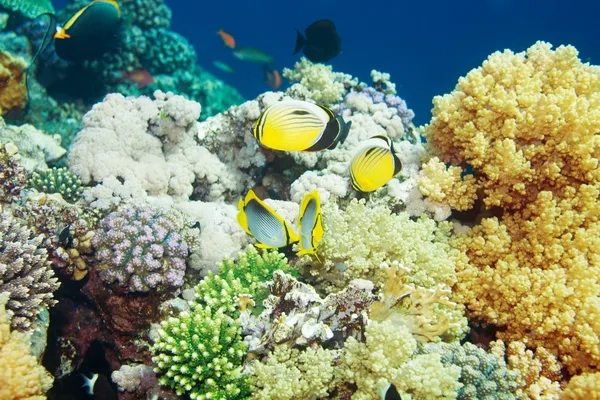
Fiji’s warm waters support an incredible variety of marine life, making it one of the most biodiverse diving destinations in the world. The nutrient-rich waters from the Tonga Trench feed Fiji’s extensive reef system, which is home to over 1,200 species of fish.
The numbers tell the story:
5 of the 7 species of sea turtles
Over 333 species of hard coral
80 species of soft coral
12 species of whales and dolphins
Like Travel Pug’s content? Follow us on MSN.
Year-Round Diving Conditions
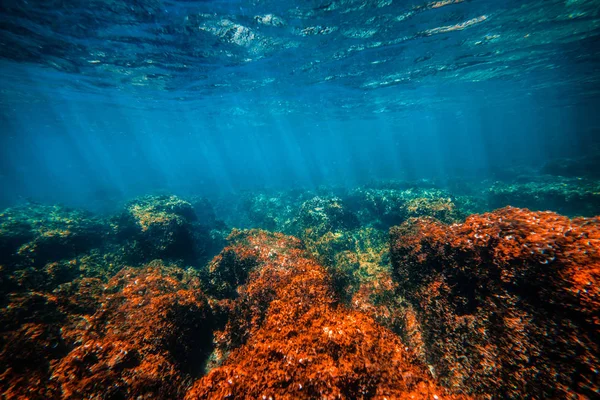
Fiji’s dive season is year-round, but conditions differ between the warm, wet season (November to April) and the cooler, dry season (May to October). Year-round diving in warm waters — enjoy balmy temperatures of 79°F – 84°F (26°C – 29°C) and visibility of 130ft (40m).
The warm season brings water temperatures up to 28°C (83°F), creating ideal conditions for manta rays and coral spawning events. Even the “cooler” dry season remains perfectly comfortable for extended diving.
Drift Diving Paradise
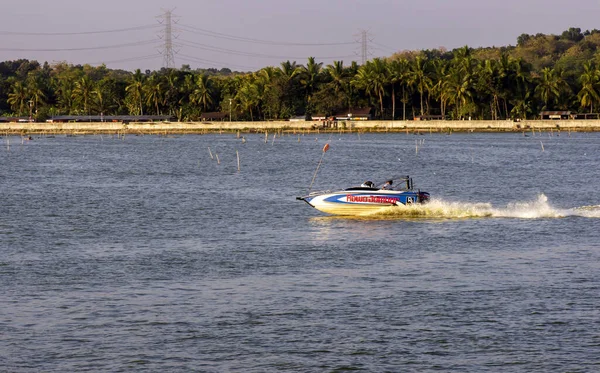
The majority of diving is done as drift dives, allowing you to cover large distances and see walls of soft corals. Current is your friend in Fiji, as it brings out the soft corals while wildlife piles up on the current side of the boomies.
These nutrient-rich currents create the very conditions that make Fiji’s reefs so spectacular. The challenge becomes part of the reward.
Coral Spawning Spectacles
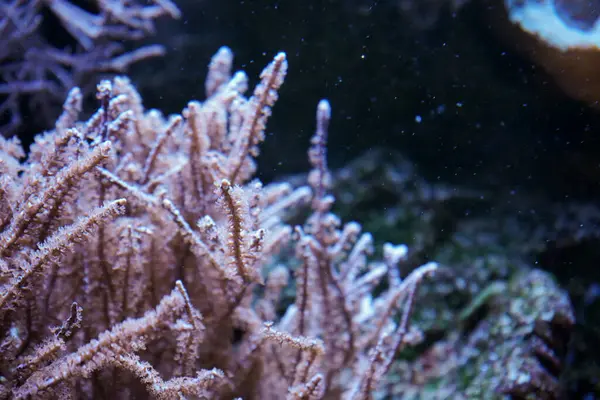
During the warm season, water temperatures rise to 28°C (83°F), creating ideal conditions for spotting manta rays and witnessing coral spawning. These mass spawning events transform the underwater landscape into a snow globe of reproductive activity.
Timing these events requires local knowledge, but the visual spectacle rivals anything in the natural world. And the smell of a Fijian fish market the next morning? Equally unforgettable.
Like Travel Pug’s content? Follow us on MSN.
Accessibility for All Levels
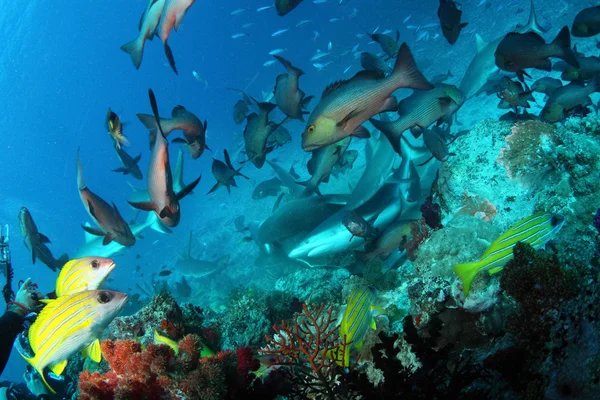
Even though some sites are accessible to beginner divers, it’s best to have some experience for most dive sites, as currents can be really strong, offering superb drift dives! Dive sites in the Mamanuca Islands are typified by reefs with calm seas and easy-to-navigate coral reefs.
Hence, the region is a terrific base for beginners, intermediate, and advanced divers. From shallow lagoons perfect for novices to current-swept walls challenging advanced divers, Fiji accommodates every skill level without compromising the experience.
Wreck Diving Heritage
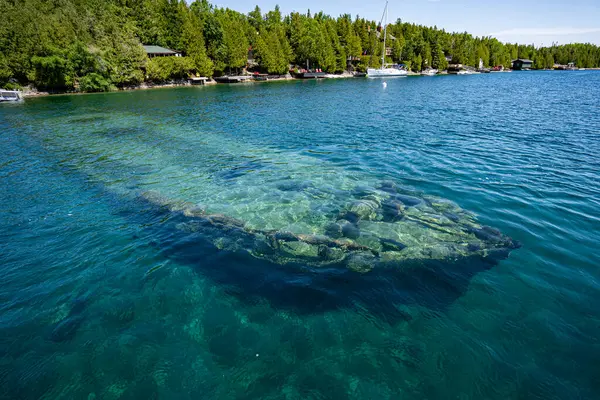
Beyond natural reefs, Fiji offers compelling wreck diving opportunities. Caesar’s Rocks features colorful soft corals, while Carpet Cove houses a sunken shipwreck that has become an artificial reef teeming with marine life.
These man-made additions complement rather than compete with the natural reef systems. History and nature converge beneath the surface.
Remote Exploration Opportunities
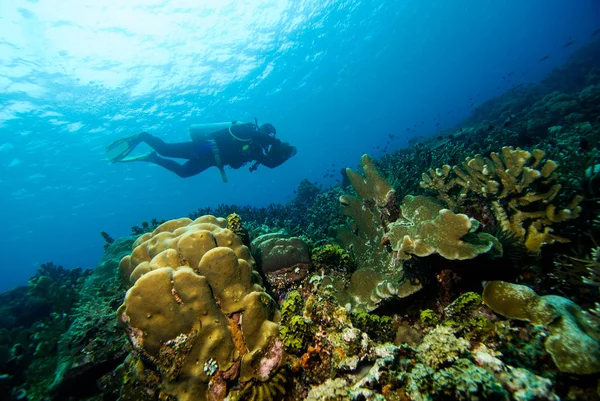
The Lau Islands are the most remote group of islands lying on the eastern side of Fijian waters. Tourists do not regularly visit, and the islands have limited access and facilities, but divers can join occasional cruises to the area to enjoy some of the most untouched ecosystems in Fiji.
For adventurous divers seeking virgin territory, these remote islands provide access to largely unexplored reef systems. The reefs here host a rainbow of residents, and chances are better for spotting rare giant clams, which are actively restocked from hatchery larvae after overharvesting of wild stocks.
Like Travel Pug’s content? Follow us on MSN.
Conservation Success Stories
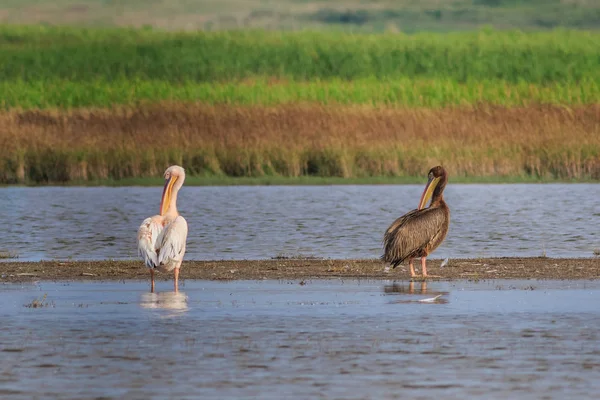
A center of manta conservation, Kokomo Private Island, Fiji, encourages guests to engage in citizen science projects, such as identifying mantas while diving for Manta Project Fiji’s population studies. These conservation efforts ensure that future generations of divers will experience the same pristine conditions that make Fiji legendary today.
Active restoration projects, including coral cultivation and crown-of-thorns removal, demonstrate how responsible tourism can support marine ecosystem health.
Underwater Paradise Found
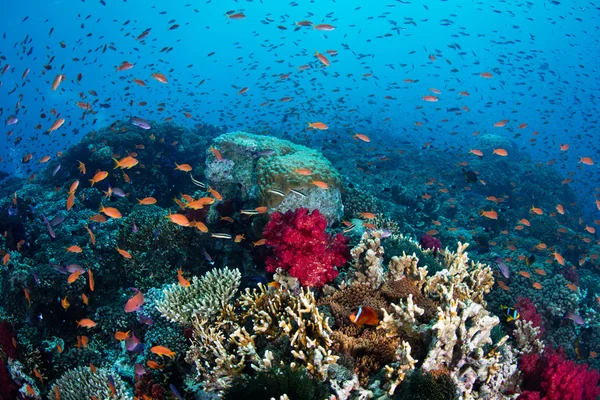
From the kaleidoscopic soft corals that earned Cousteau’s famous designation to the pristine waters harboring over 1,200 fish species, Fiji’s reefs represent diving at its absolute pinnacle. The combination of accessibility, biodiversity, year-round conditions, and conservation success creates an underwater destination that consistently exceeds even the highest expectations.
More from Travel Pug

- 20 Best Beach Towns in the Carolinas
- 13 Destinations Where Tourists Regularly Regret Their Trip
- 20 Things You Actually Get in First Class
- 20 Small Airports With Aviation Museums
- 20 Places in the U.S. That Are Perfect for a Reset Trip
Like Travel Pug’s content? Follow us on MSN.
